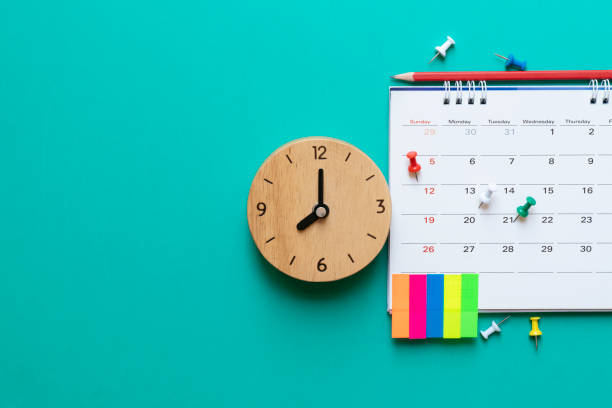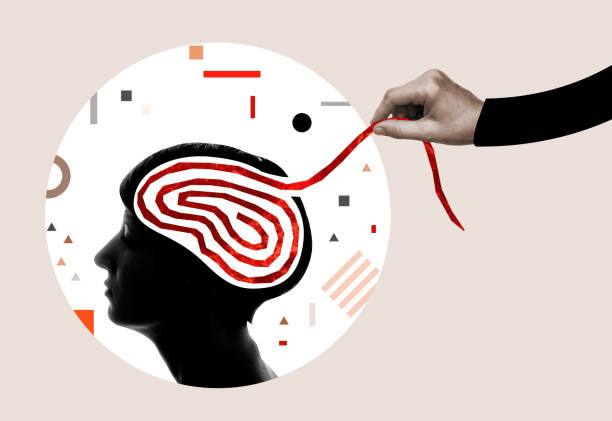Step 3. #AKT_food: diet

Here we have compiled general dietary recommendations based on scientific experience. This is not a rigid framework that should be imposed on yourself. This is information that you can use while remembering to listen to your body.
Move on to a balanced diet smoothly. At first, it is better not to introduce drastic changes, but to understand what mode you have now. Write down all your meals and snacks for several days.

Analyze the weaknesses of your regime. What is it – a cup of coffee instead of breakfast, long intervals between meals (more than 4 hours) or no dinner and, as a result, high-calorie snacks at night? Start by solving this problem.
A proper diet is not a diet. It is based on full breakfasts, lunches and dinners. They should not be replaced with snacks. Snacks, which should contain healthy foods, you can add between main meals.
Try to eat around the same time each day. Suppose you get up at 7:00 and go to bed at 23:00. Then your diet might look like this:
8:00 Breakfast.
10:30 First snack.
13:00 Lunch.
16:00 Second snack.
19:00 Dinner.
22:00 Light snack an hour and a half before bedtime.

Plan the day before what you will have for breakfast, lunch and dinner. Make at least an approximate menu for a few days in advance to make purchases. This will help you stick to comfortable intervals and avoid impulsive snacking out of hunger.
An important point. When restructuring the regime, strive to move away from the traditional three meals a day with dense meals. The ideal (but not strict) option is six meals a day, where breakfasts, lunches, dinners and snacks leave a feeling of malnutrition. This will help not to sort out calories, because the feeling of fullness comes a little later. The number of calories consumed should match the number of calories burned.







Responses